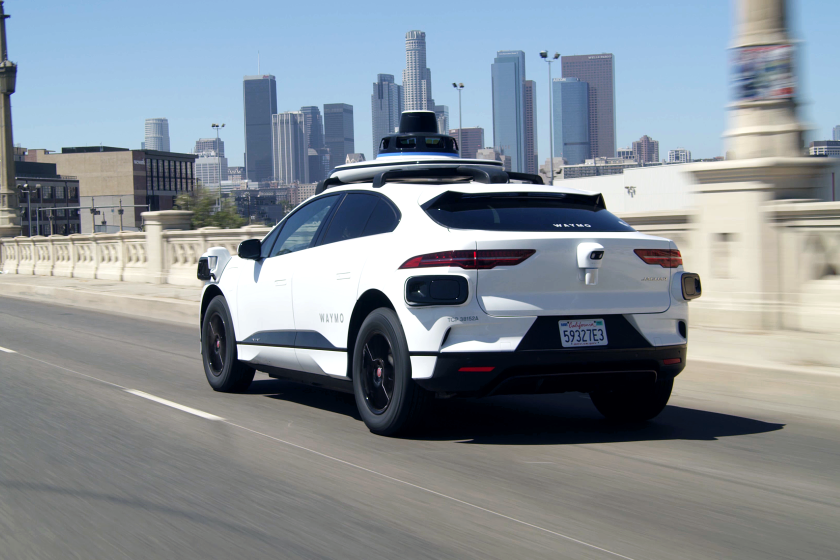Valley Rail : Subway or Elevated Rail? MTA May Decide Today
- Share via
After more than a decade of rancorous debate, a voter referendum, and decisions made and reversed, the San Fernando Valley rail project comes before the Metropolitan Transportation Authority today for a crucial vote on where to locate the proposed mass transit line--down the Ventura Freeway or along Burbank and Chandler boulevards.
In 1990, the Los Angeles County Transportation Commission, a precursor to the MTA, adopted the Burbank-Chandler subway route. But a Valley advisory vote that same year showed widespread support for a monorail above the Ventura Freeway.
In December, 1992, the commission reversed itself and tapped the freeway as the preferred alignment--but then effectively voided that decision later by voting to complete studies on both routes.
Once regarded by far the most cost-effective option, the elevated railway’s financial edge has diminished considerably, to where only $19 million--less than 1% of the cost of either project--separates an aerial rail line from a mostly underground system.
*
VENTURA FREEWAY ALIGNMENT
Advantages:
* High visibility along the freeway could encourage motorists to use mass transit.
* An elevated railway would be at least $19 million cheaper than a subway system; an at-grade railway in the freeway median would cost even less than that.
* The rail line could be extended west to Ventura County and north to connect with Metrolink stations.
* Elevated line, sometimes called a monorail, would have 15 stations, as opposed to 10 for a subway.
*
Disadvantages:
* Passengers would have to change trains to the Metro Red Line subway to continue to Hollywood and Downtown.
* If the freeway collapses in an earthquake or other natural disaster, the rail line in the median would also be knocked out.
* Freeway congestion from construction could increase.
BURBANK-CHANDLER ALIGNMENT
Advantages:
* Passengers would have a seamless ride on the Metro Red Line from Canoga Park to Downtown.
* The route would serve more heavily populated areas, such as Pierce and Valley colleges and the Van Nuys government center.
* The alignment would provide a backup transportation corridor if the freeway were damaged in an earthquake or other natural disaster.
* MTA has already spent $159 million to acquire the right-of-way.
*
Disadvantages:
* Tunneling can be problematic, as experience beneath Hollywood Boulevard shows.
* To cut costs, some stations may be open-air.
* Subway construction could incur large cost overruns, as has happened with the first two segments of Red Line construction through Downtown and Hollywood.
Source: Metropolitan Transportation Authority; Researched by HENRY CHU / Los Angeles Times
More to Read
Sign up for Essential California
The most important California stories and recommendations in your inbox every morning.
You may occasionally receive promotional content from the Los Angeles Times.










